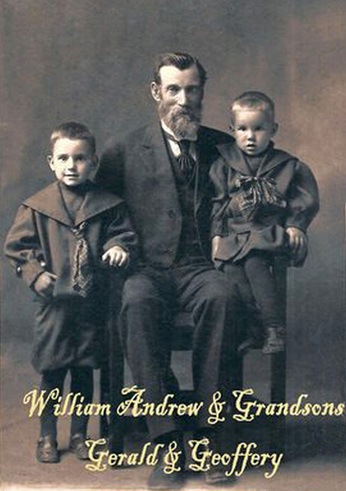 William ANDREW with his 2 oldest grandsons Gerald (Bill)
William ANDREW with his 2 oldest grandsons Gerald (Bill) and Geoffrey ANDREW, c1908, PEI Canada
Homesteads play a part in my previous stories about my paternal grandfather Henry Angus HENSON who homesteaded in Alberta after getting a government grant, about my 4 times great (4G) grandfather Harry Childeroy COMPTON who settled in Lot 17 PEI in 1803 as proprietor, and about my 2G grandfather Charles S ANDREW who arrived in PEI in 1842 and also settled on land in Lot 17, previously owned by Harry COMPTON. So now I would like to continue the story of my ANDREWs of PEI, taking advantage of this broader definition: “ancestral home” .
William ANDREW, my maternal great-grandfather, was the son of the above-mentioned Charles ANDREW and his wife Mary HOPGOOD (not WOOD as the published story claims). William was born on the family “homestead” in North St Eleanors, PEI on 10 June 1848, the fourth of their nine children. I only have one photo of William, taken with his two oldest grandsons Gerald “Bill” and Geoffrey, sons of his oldest son Albert Edward ANDREW. I get the impression he was a relatively tall man, with a long face, strong straight nose and prominent cheek bones. Am I imagining a twinkle in his eye? On the other hand, his wife was a tiny little lady with a much rounder face. They were married on the 27 Oct 1870 in St Eleanors and together they had nine children, the youngest being my grandfather Harry.
As further reported in a biographical article on William ANDREW, published in the 1906 vanity book “Past and Present of Prince Edward Island” by B.F. Bowen & Co. of Charlottetown, PEI, and written by “the most gifted authors of the Province”:
“... [William] passed his school days in St. Eleanor’s, continuing his studies until his sixteenth year, when he engaged in clerking in a store at St. Eleanor’s, in which he remained two years. He then returned to the homestead, where he remained until attaining his majority, at which time his father [Charles] purchased the Hope farm and [Charles? or William?] located on it. About this time the subject of this sketch [William] married and bought the Alfred Compton farm and a portion of the Schurman property, thus coming into possession of two hundred [200] acres of as good farming land as can be found in this locality. He entered at once upon the active cultivation of these tracts and during the following years carried on a diversified system of farming in which he has been distinctively successful. During recent years he has done an extensive business in the raising and fattening of hogs, which he has found a profitable line of enterprise. The place is well improved with a neat and well arranged residence, substantial and commodious barns and other farm outbuildings, and is considered one of the most productive homesteads in Lot 17. Mr. Andrew and his son operate the properties jointly.
"Mr [William] Andrew married Miss Harriet W. Compton, of St Eleanors, a daughter of Harry Compton, and a niece of Hubert C. Compton, and to this union have been born the following children: Alice, a professional nurse in Charlottetown; Albert Ed, a clergyman of the Episcopal church and located at Antigonish, Nova Scotia; Delores, engaged in clerking at Summerside; Horace, who owns the Benjamin Schurman farm of one hundred [100] acres at St. Eleanors; Isabel, a trained nurse; Fanny, Mabel, Sadie and Harry. In religion Mr. Andrew is a member of the Episcopal church in which he has served as an elder for many years and enjoys the sincere respect and the absolute confidence of all who know him.”
I find it interesting that other names involved in the land transaction are mentioned, specifically Hope and Schurman. Properties seem to have changed hands quite often; sometimes borders shifted and parcels were subdivided. The following two maps, created only seventeen years apart, show many similar names but shifting ownerships. Thankfully they provide the locations of the changing ANDREW homesteads.
| 1863 PEI MAP - North St Eleanors | 1880 PEI PLOT MAP - N St Eleanors |
By 1906 when the above article was written, it says that William and his (unnamed) son operated the properties jointly. This son was likely Horace (still single at this time) who is said to have operated the “Schurman" parcel (the 1863 map showed a B Schurman living near H N Hope on the north side of the road, so perhaps this is where Horace farmed). William's youngest son Harry, being only 17 at the time, would have been helping his father on their home parcel. 1906 was also the year that immigrant Charles ANDREW died. Could Horace have been the one to take over his grandfather Charles' farm?
| Unlike his father and many of his own children, William ANDREW lived his whole life on Prince Edward Island. The house where he raised his family was a wood frame building, two stories high with a roomy attic. It had a lower wing added to the back for the kitchen and eating area. In one of my conversations with either my mother or grandmother before they passed away, I asked her about their home in St Eleanors, and even drew a rough sketch of the floor plan of the main floor under her direction. At some point, part of the house was divided off into a small apartment, used by "Granny Andrew" (William's wife Harriet) until her death in 1923, and by their daughter Mabel and her husband Fred MAY, perhaps after their marriage and while they were building their own home nearby. There were also some sizable outbuildings on the property including a barn that allowed them to care for livestock as well as store crops during the cold winter months. William’s home farm remained in family hands after his death, and was run by my grandfather Harry ANDREW. By the time of William’s death on 29 Jul 1920 at the age of 72, son Harry was married with only two young children (five more yet to come). So neither my mother nor any of her six siblings got to know their grandfather Andrew. My aunt once told me, though, that William won an award in school for his penmanship, and either this award or an example of his handwriting was proudly displayed on their wall when she was growing up. If so, I don't know what became of this keepsake. During the Second World War, the government decided to build an air base in North St Eleanors, and the Andrew property was one of those conscripted for this purpose. Their barn at least was sold and moved to another nearby property that had been spared, but I don't think their farm house survived. Of course the land itself remains, now part of the large Slemon Park aerospace and business complex close to Summerside. I have not yet visited the site where the Andrew home once stood. | |
Past and Present of Prince Edward Island, published in 1906 by B.F. Bowen & Co., Charlottetown
PEI Lake Map from 1863 - Island Register site
The Lost Settlement : North St. Eleanors, Lot 17, Prince County - book by Wylie Barrett
Slemon Park -now on land previously occupied by the Andrew farm and others.
"52 Ancestors" is a reference to the "52 Ancestors in 52 Weeks" challenge I am participating in.
Reference the No Story Too Small blog by genealogist Amy Johnson Crow for more details.
It is giving me the much needed incentive to write and publish my family stories.
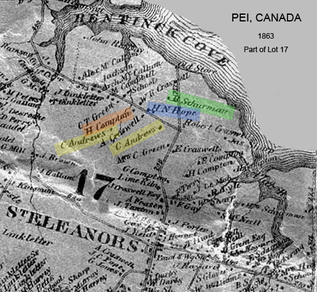
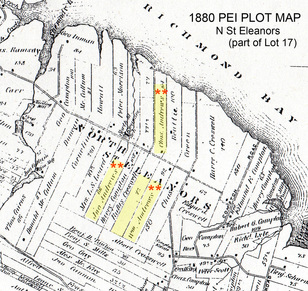
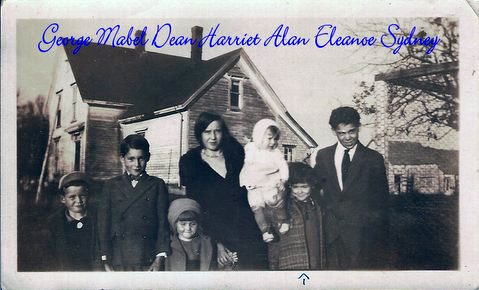
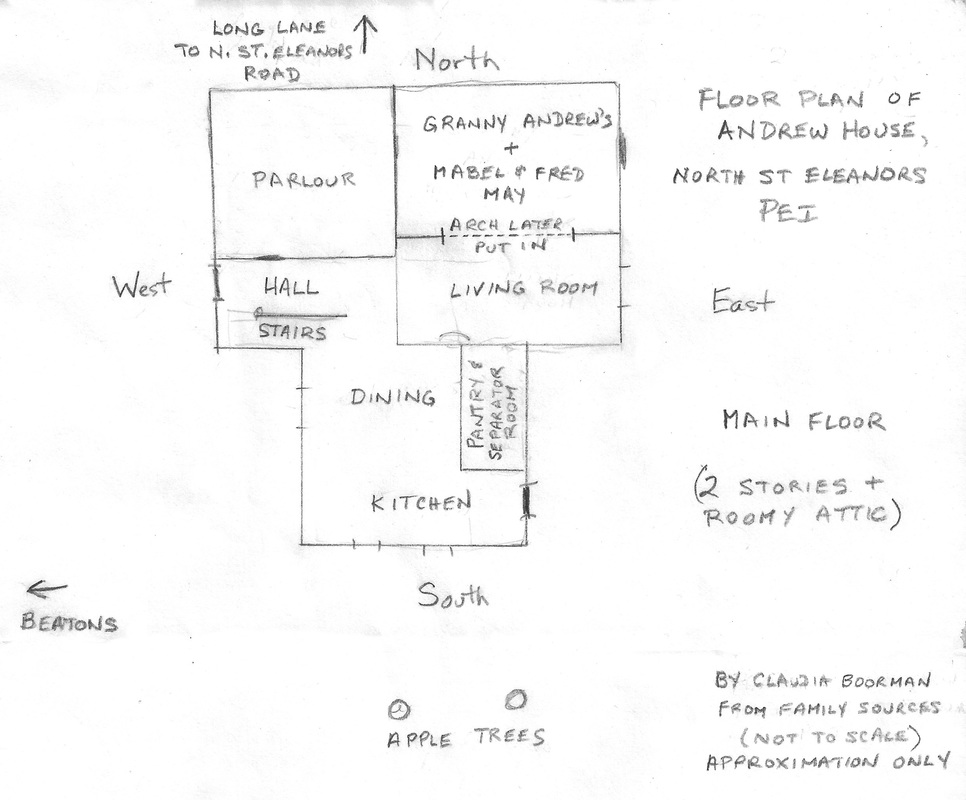
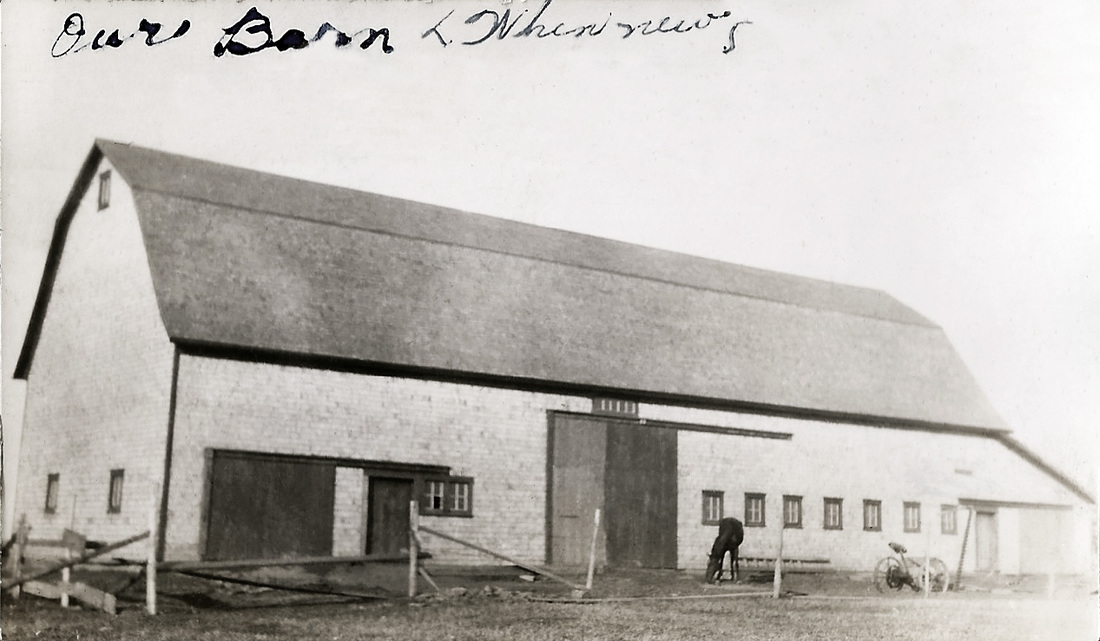
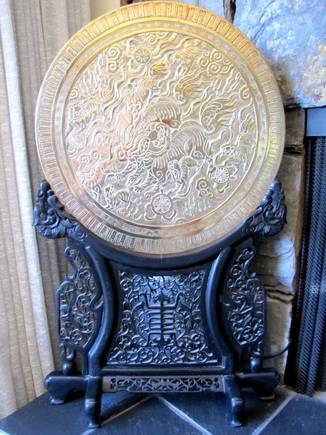
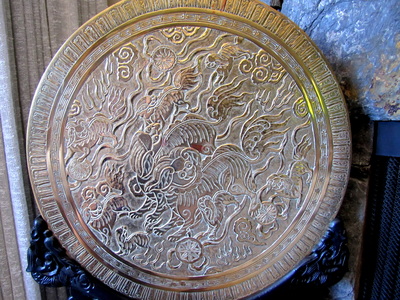
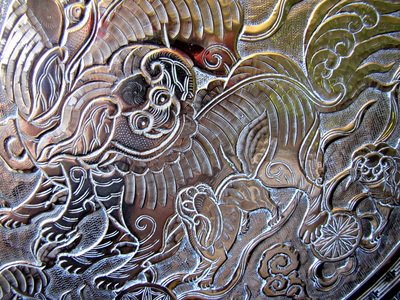
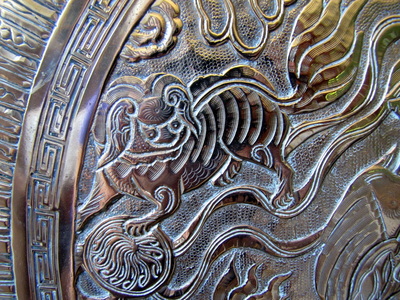
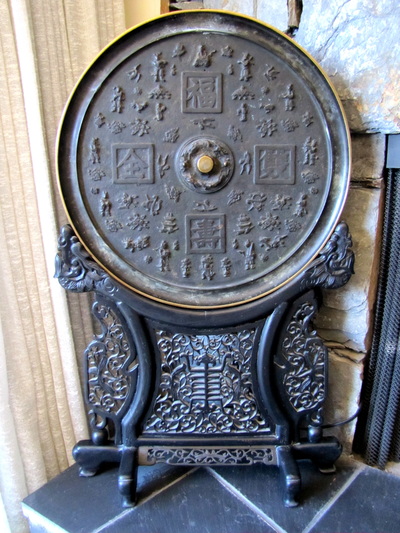
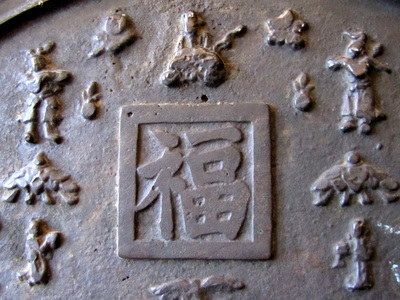
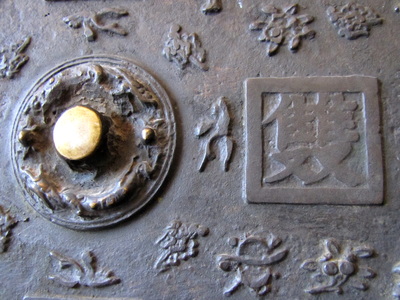
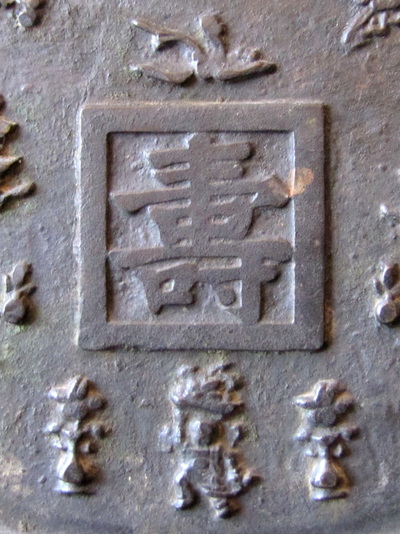
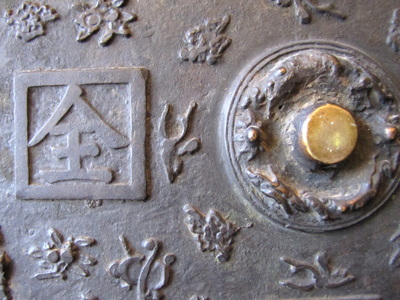
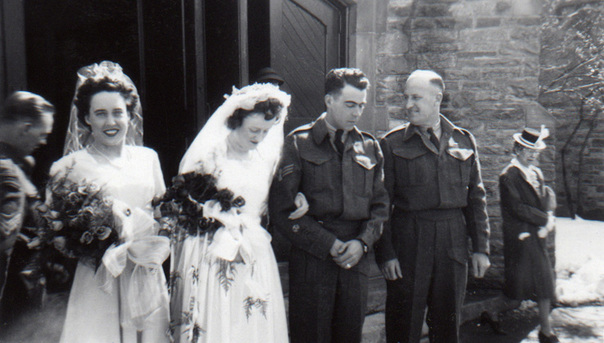
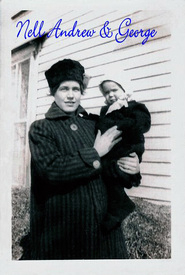
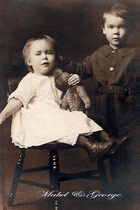
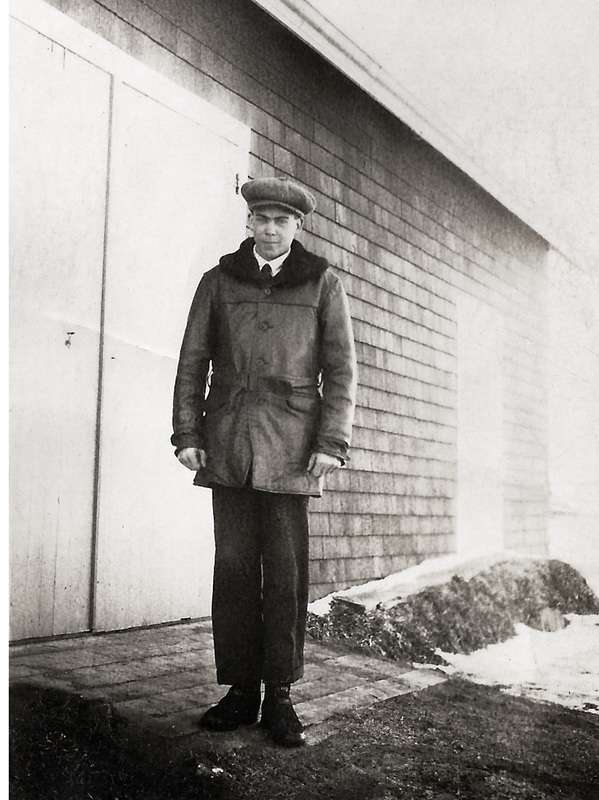
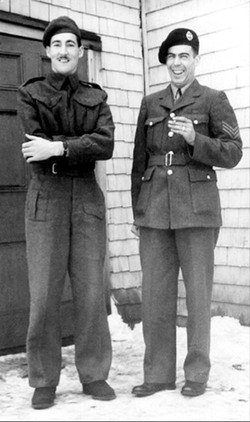
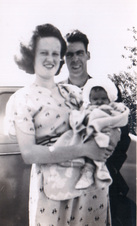
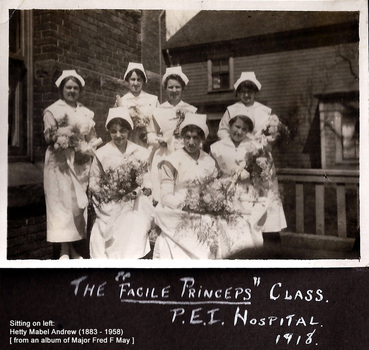
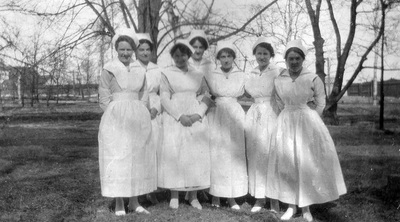
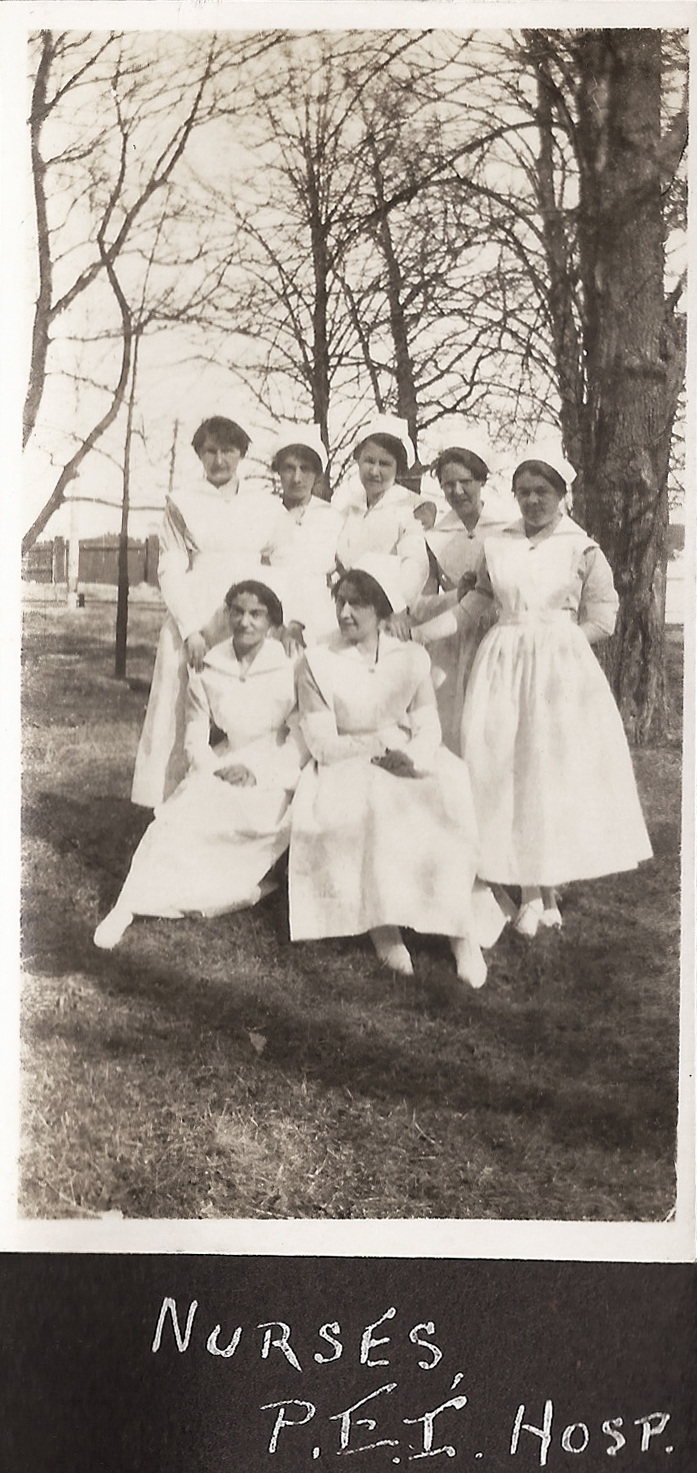
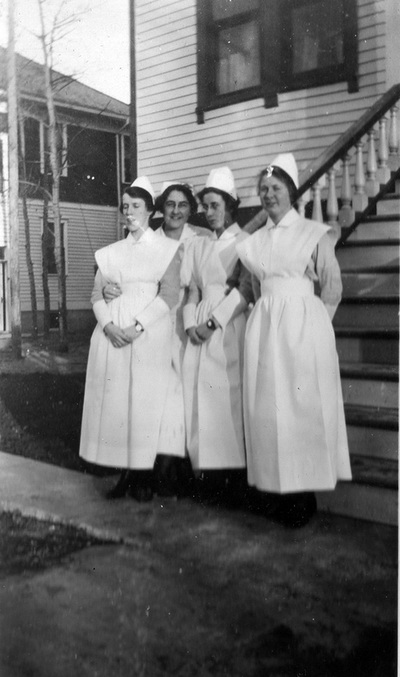
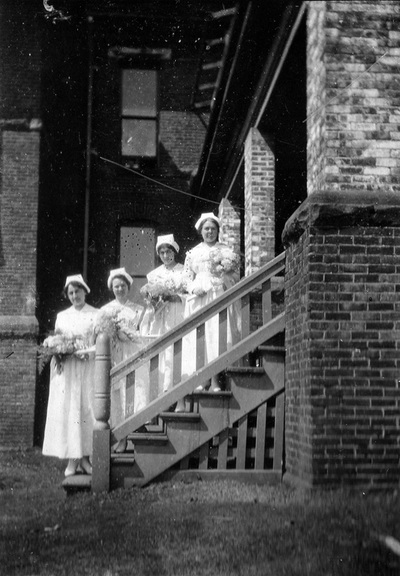
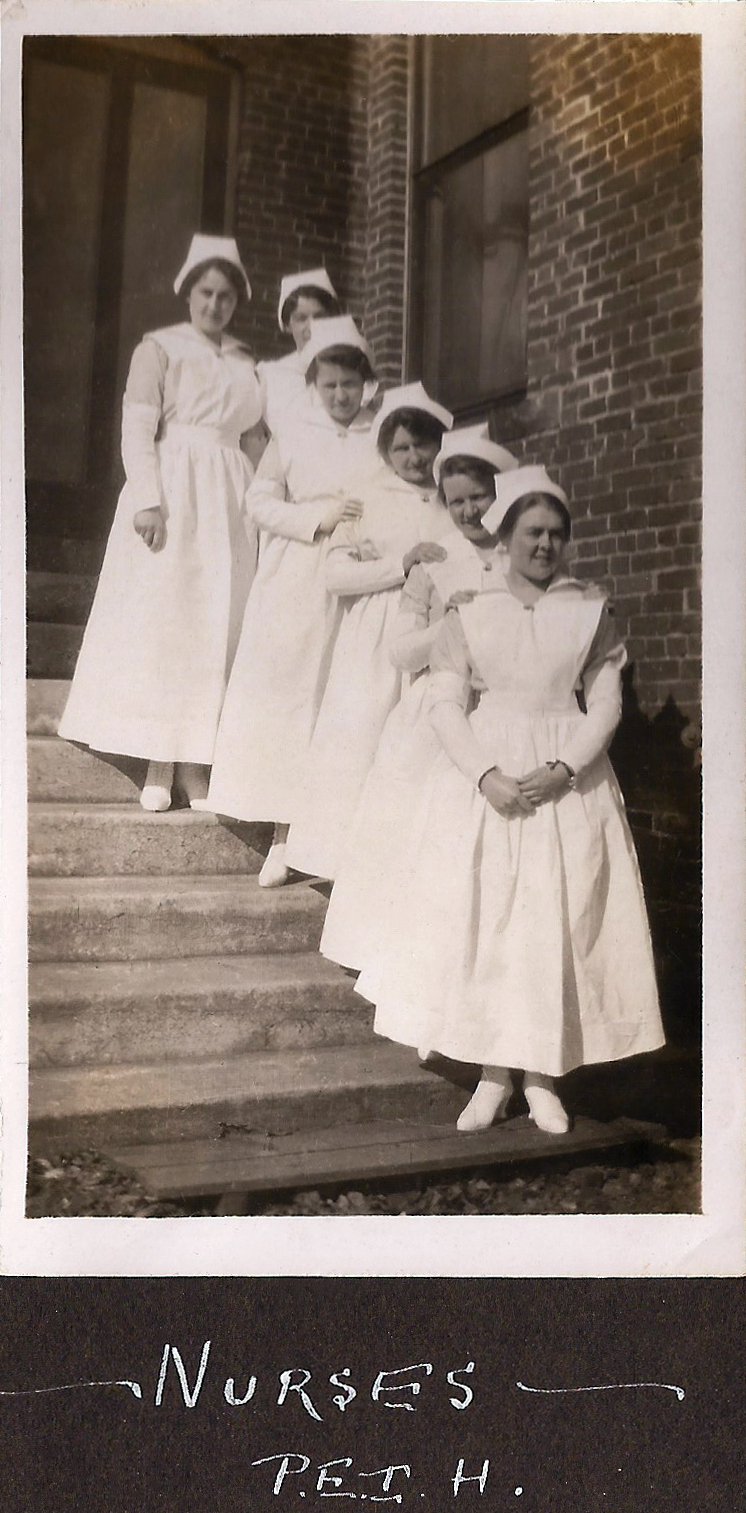
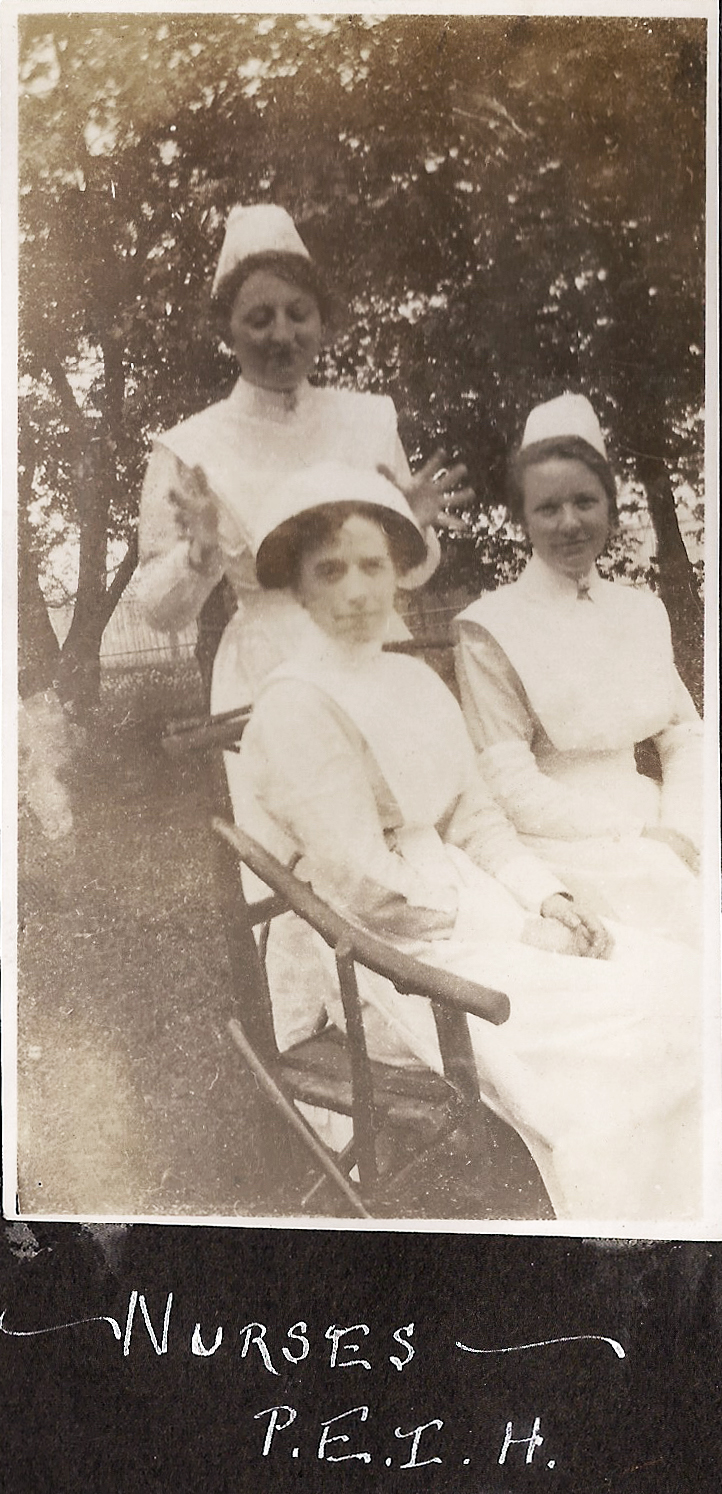
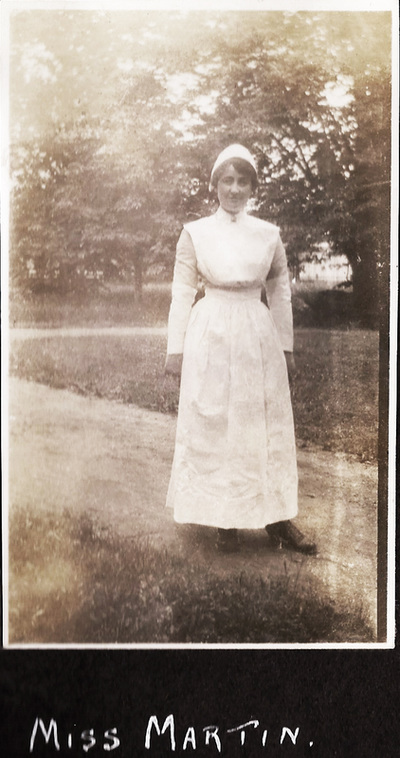
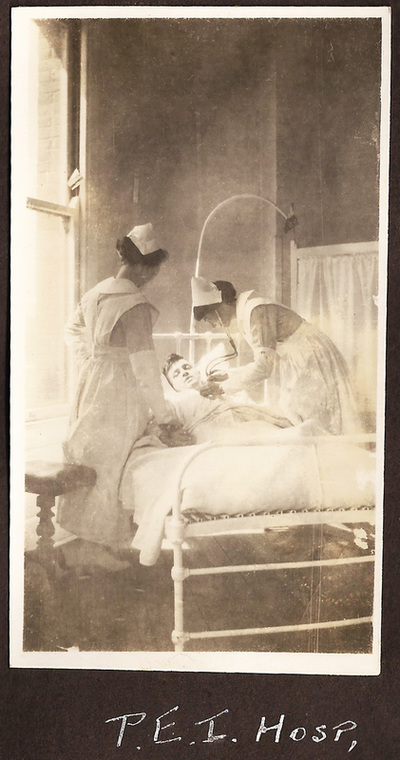
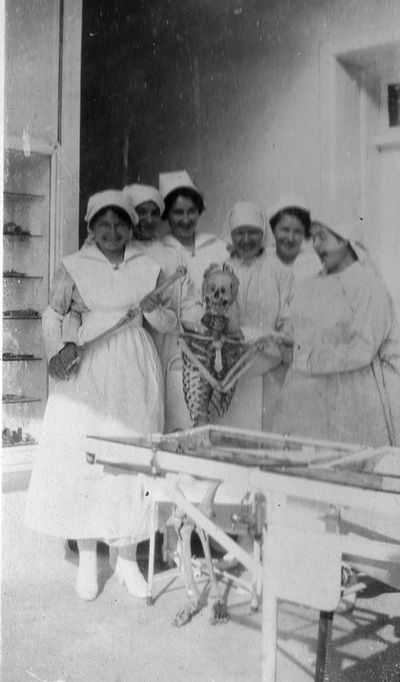
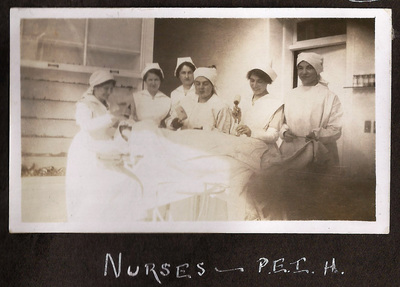
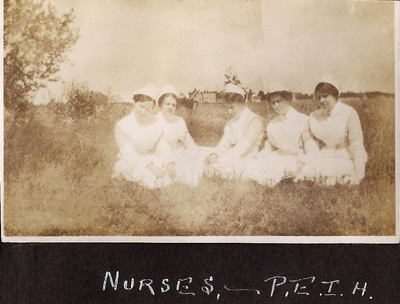
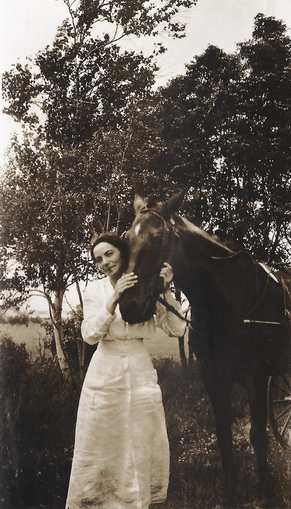
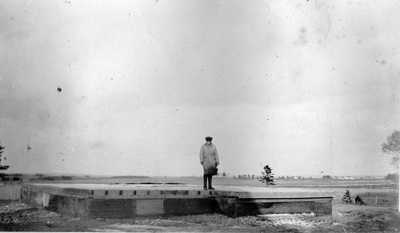
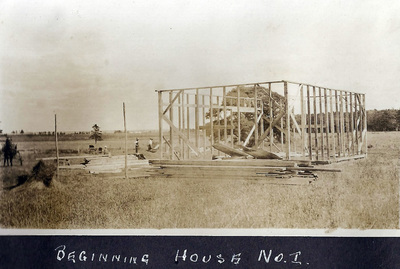
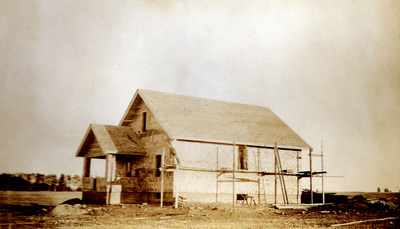
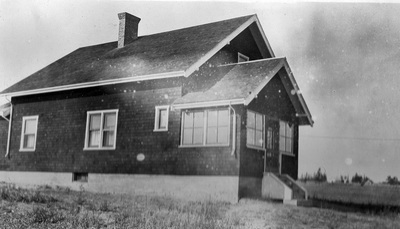
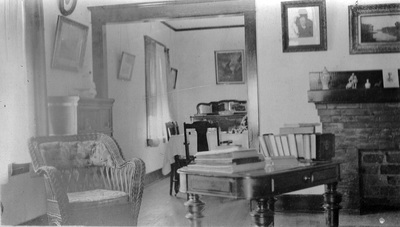
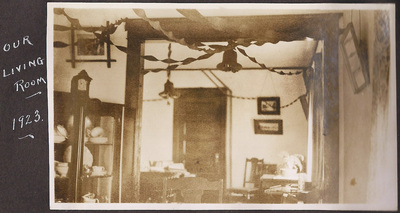
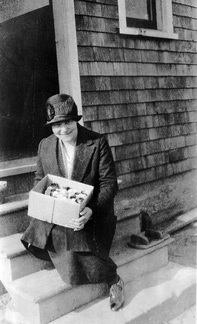
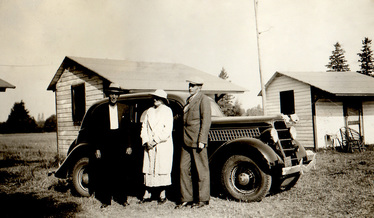
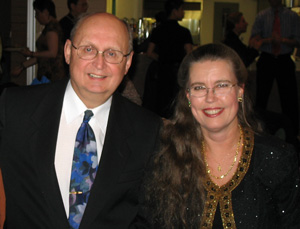
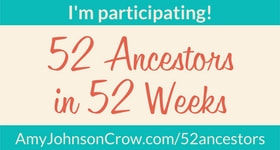
 RSS Feed
RSS Feed
